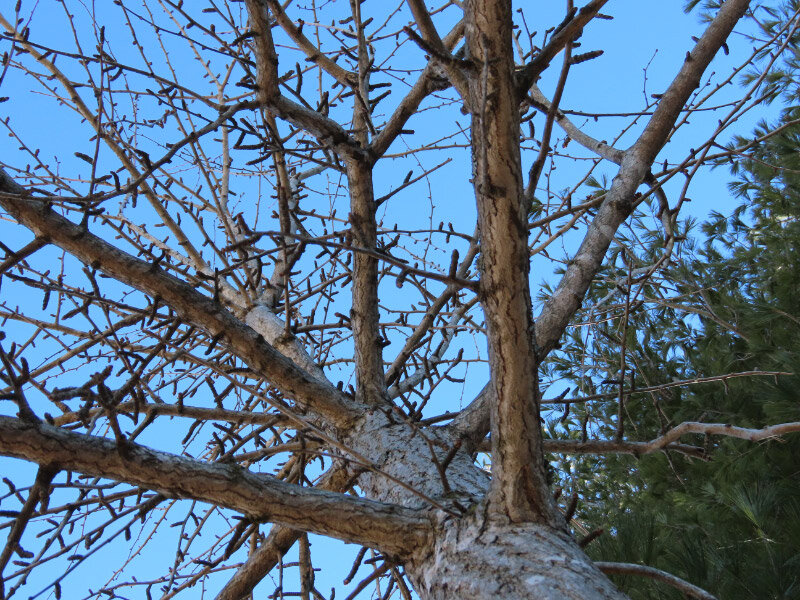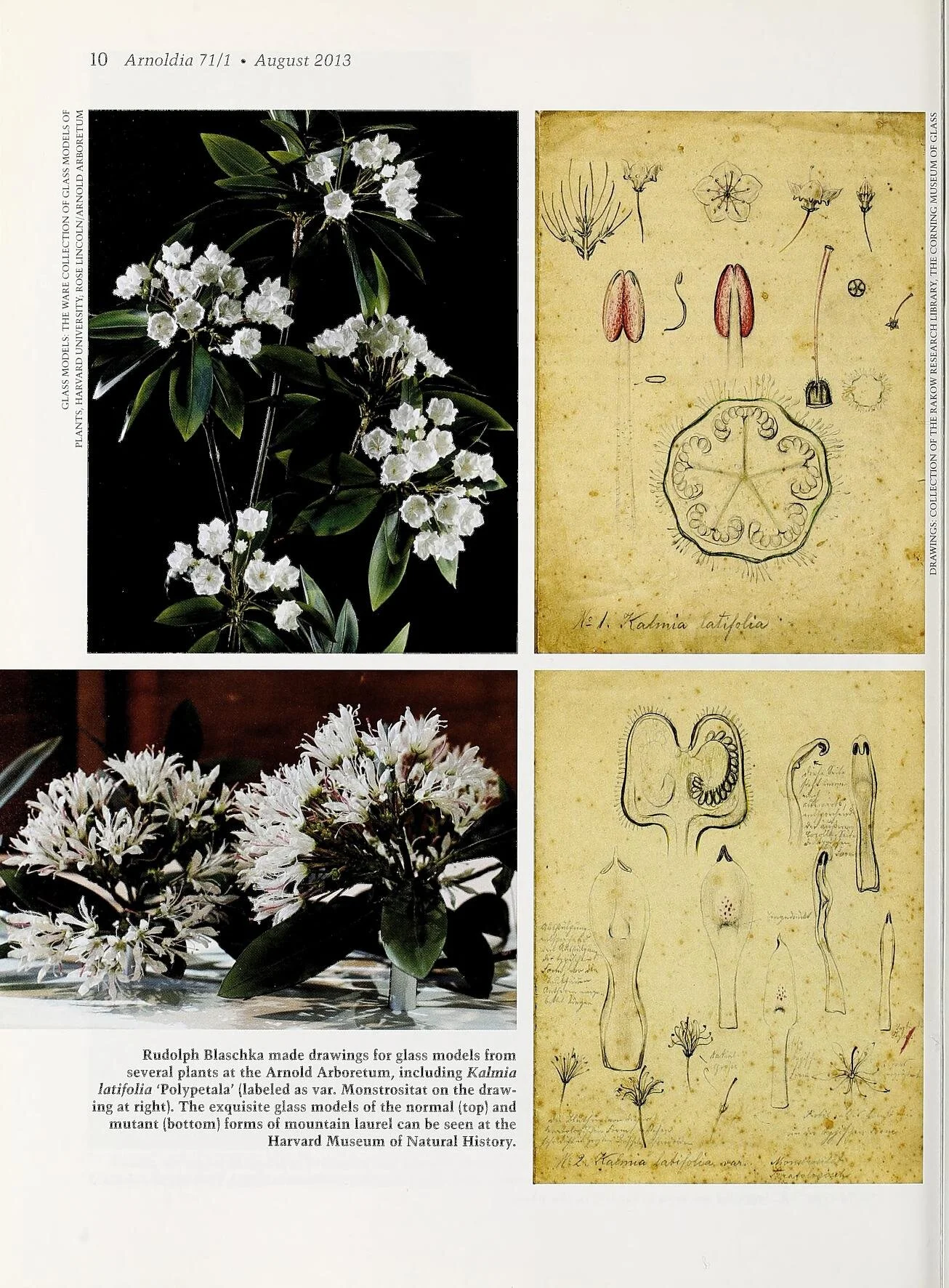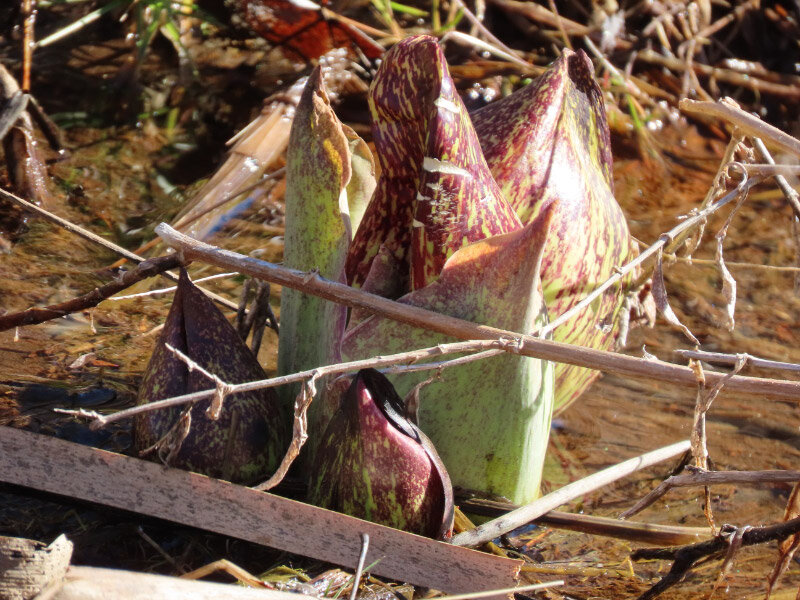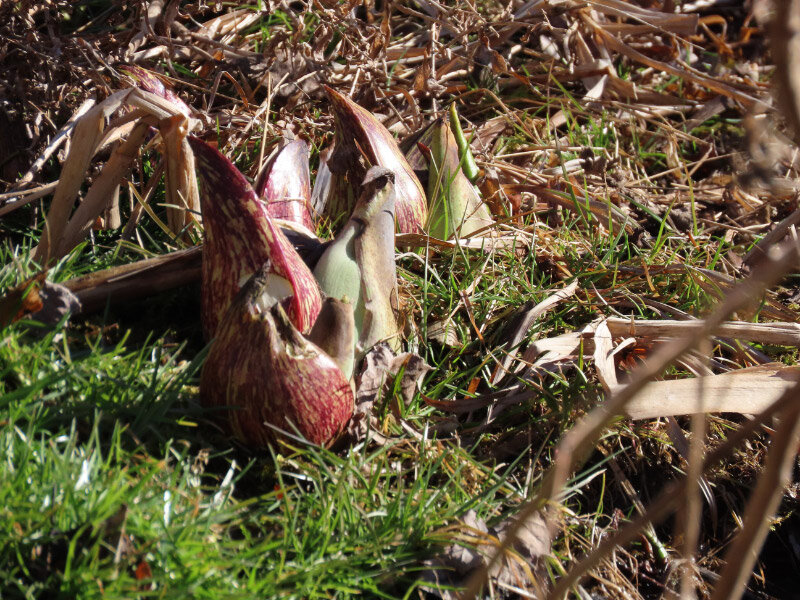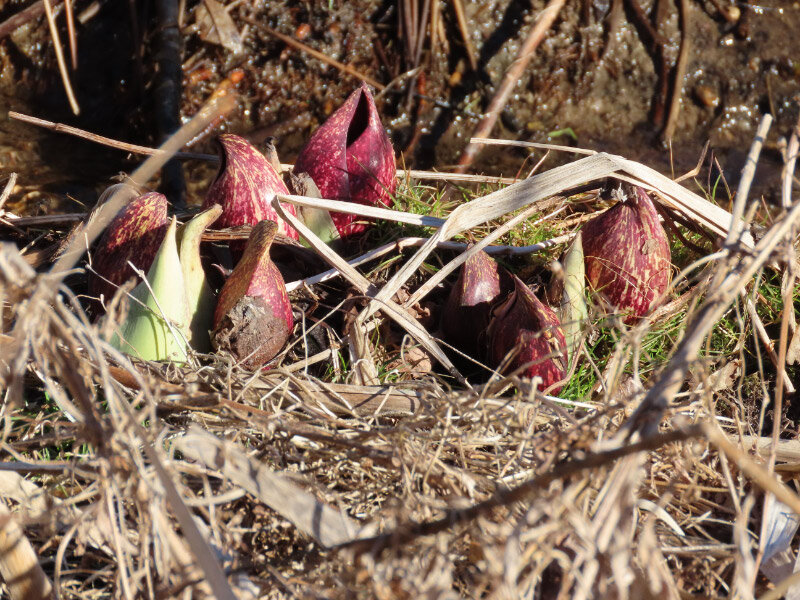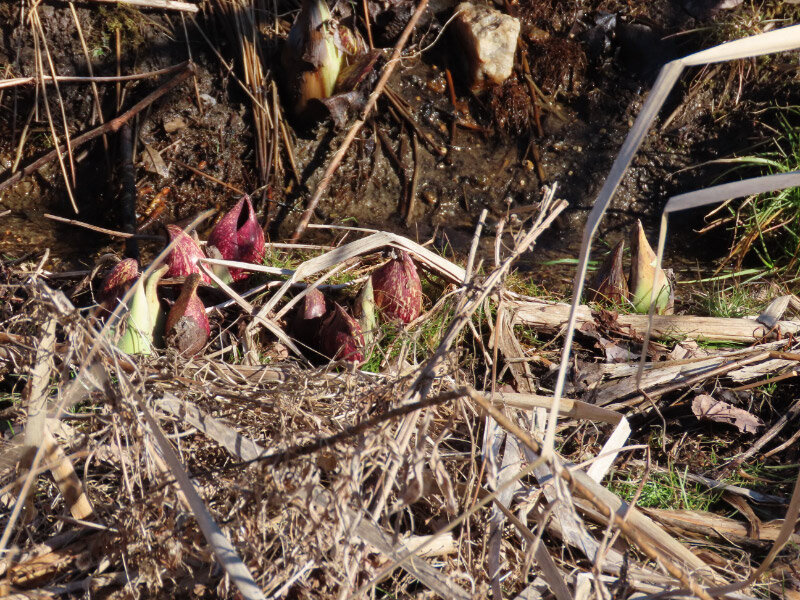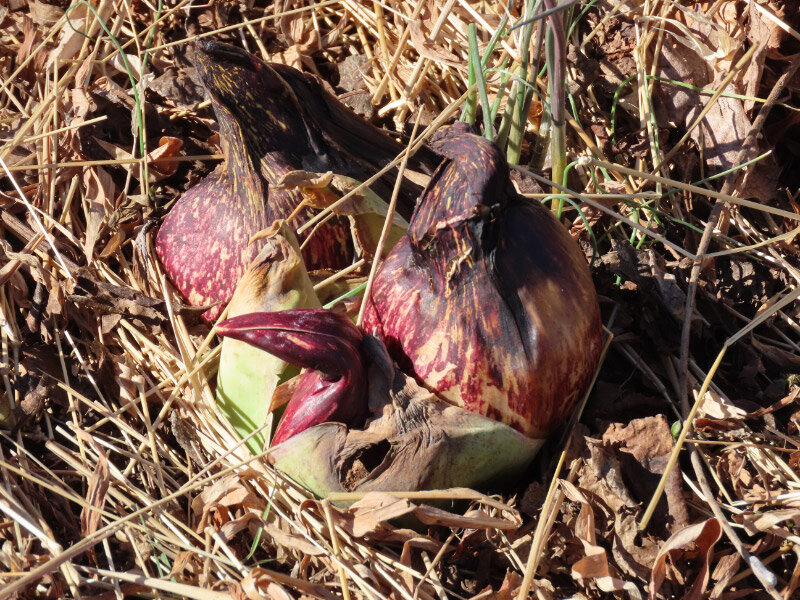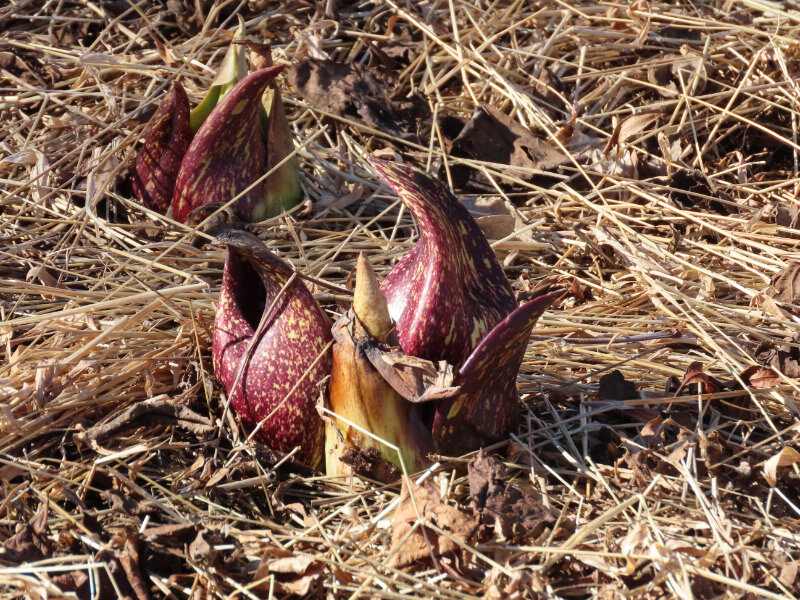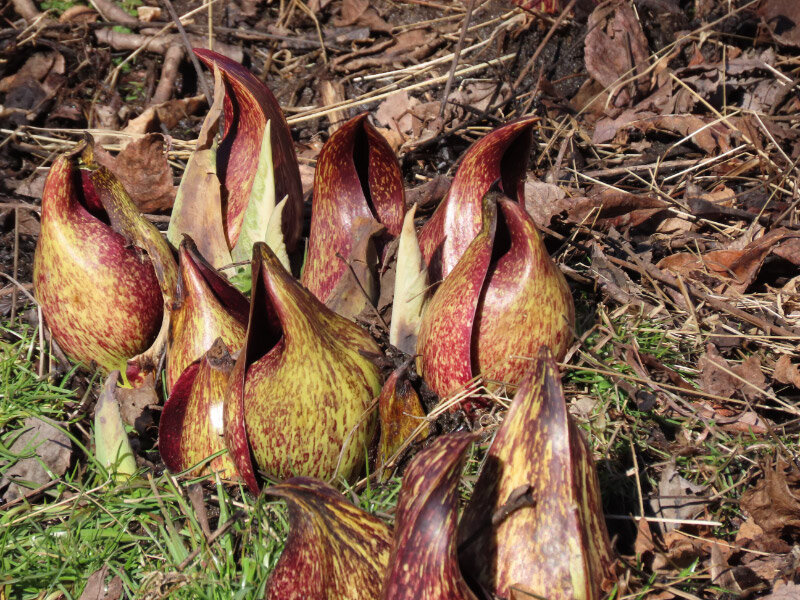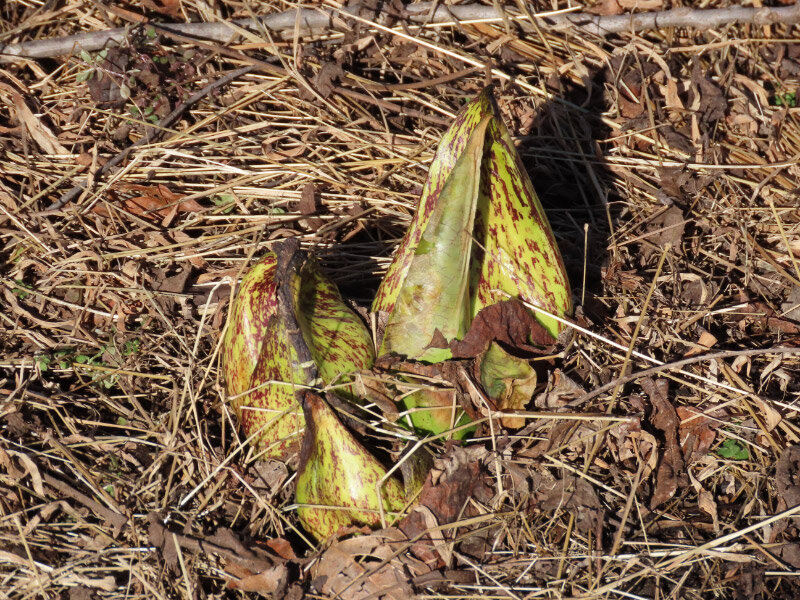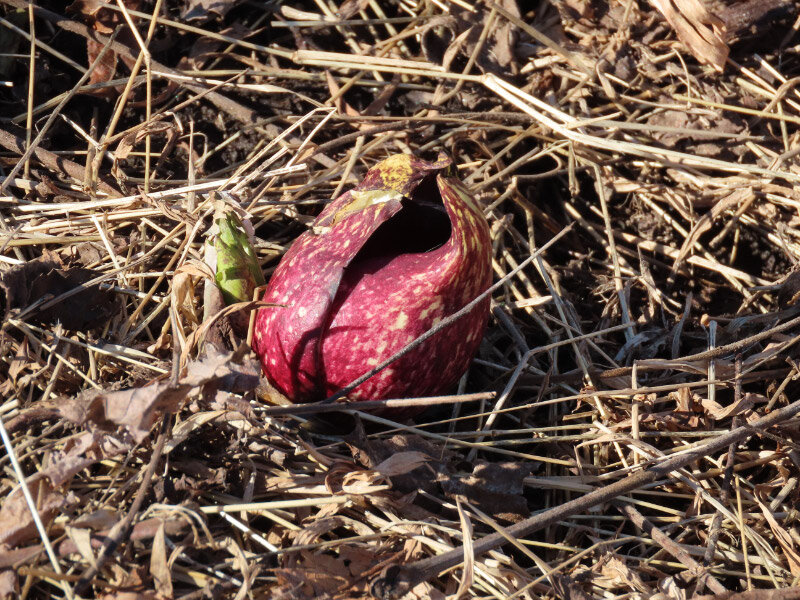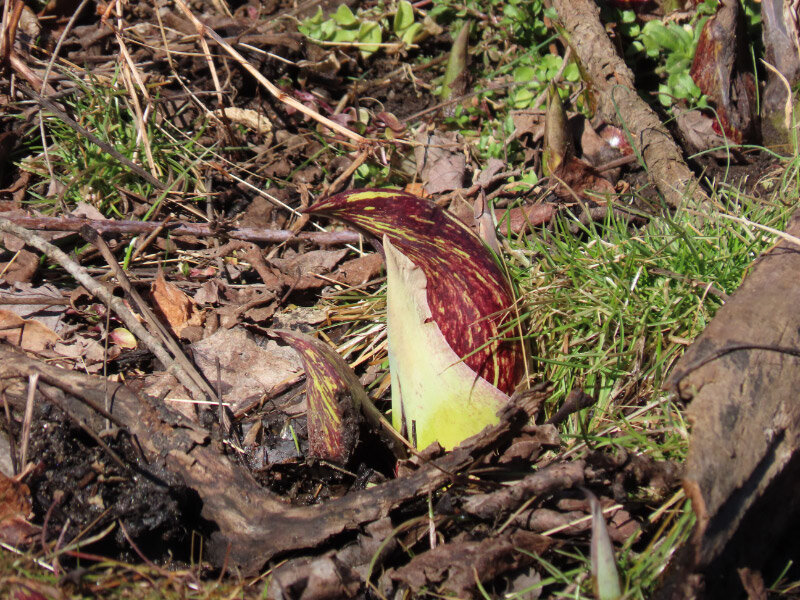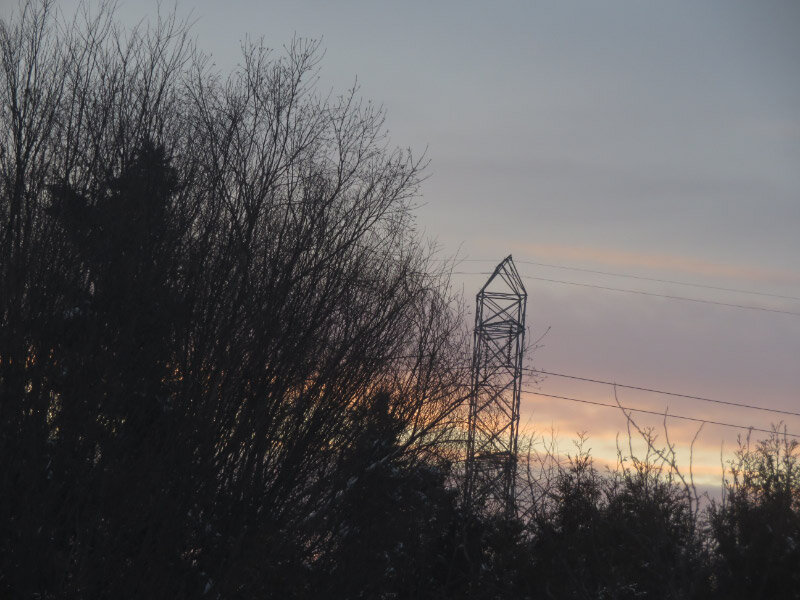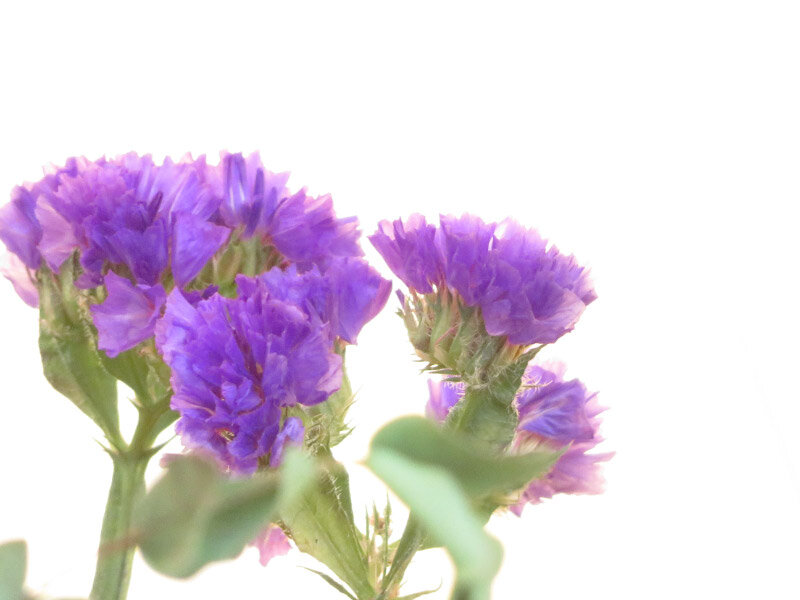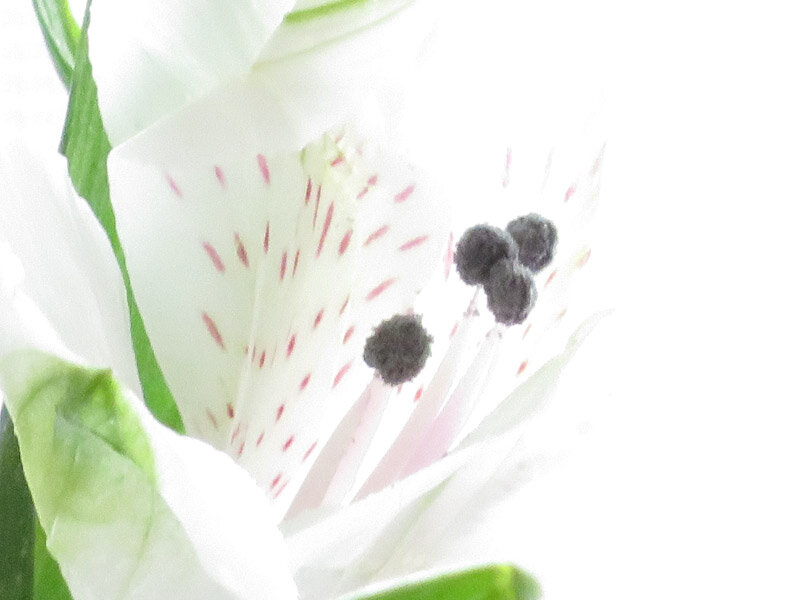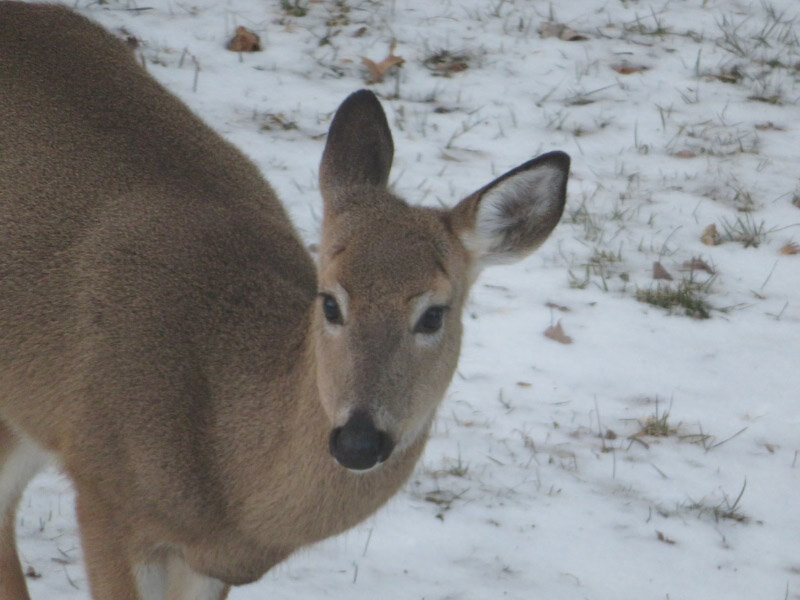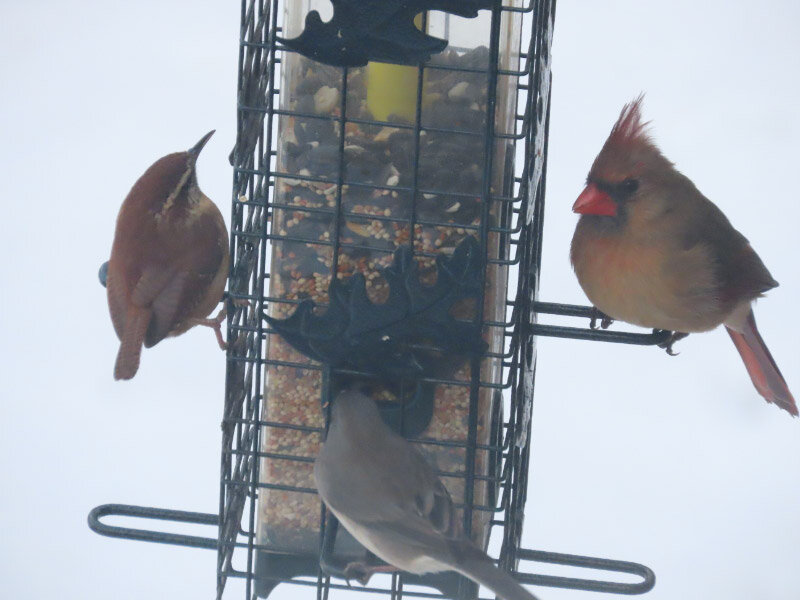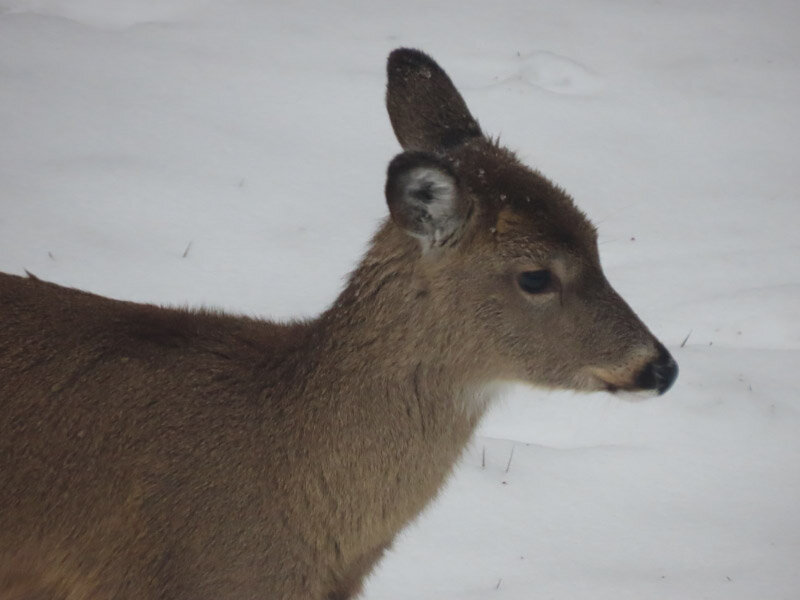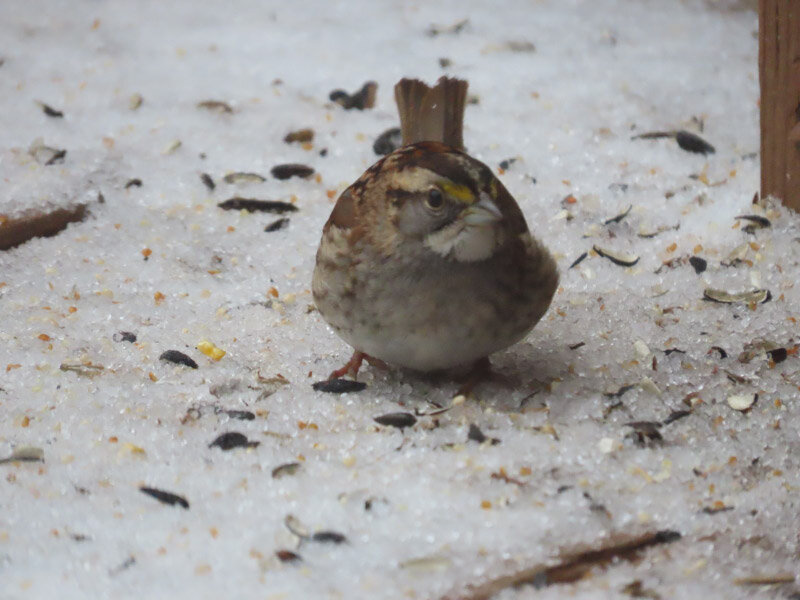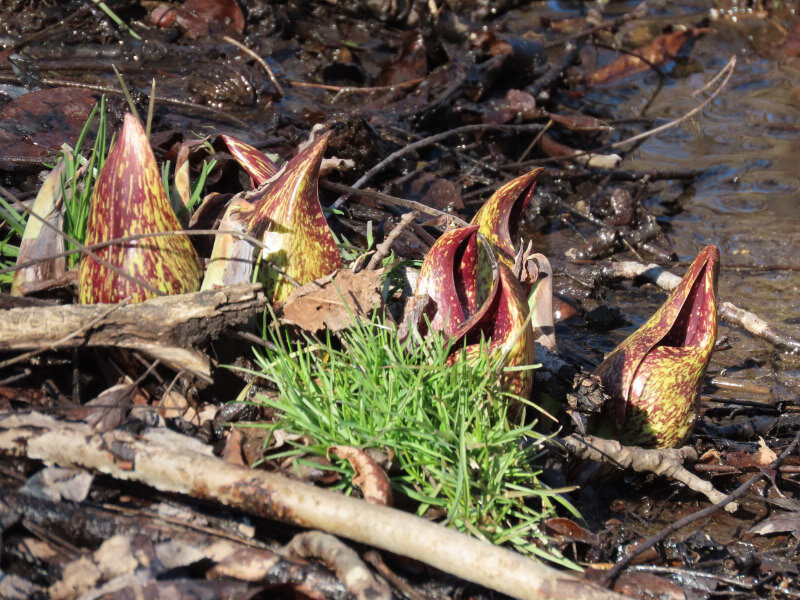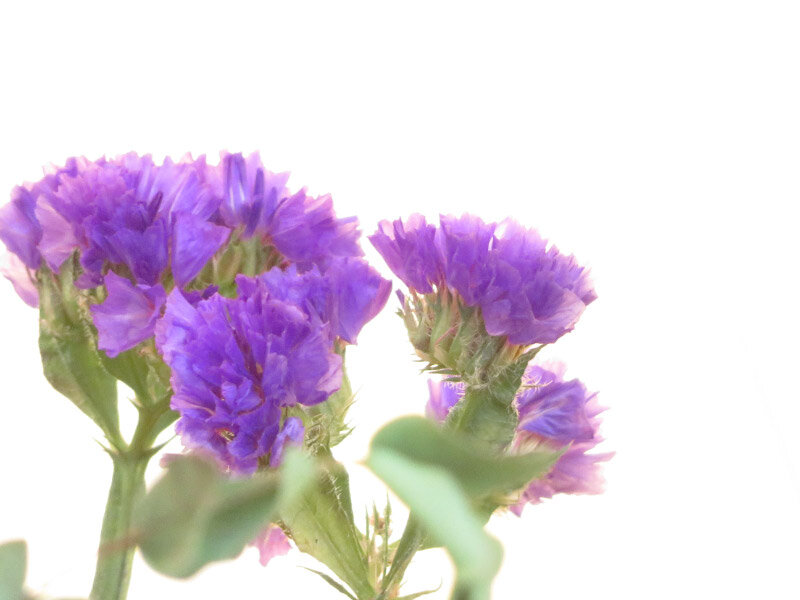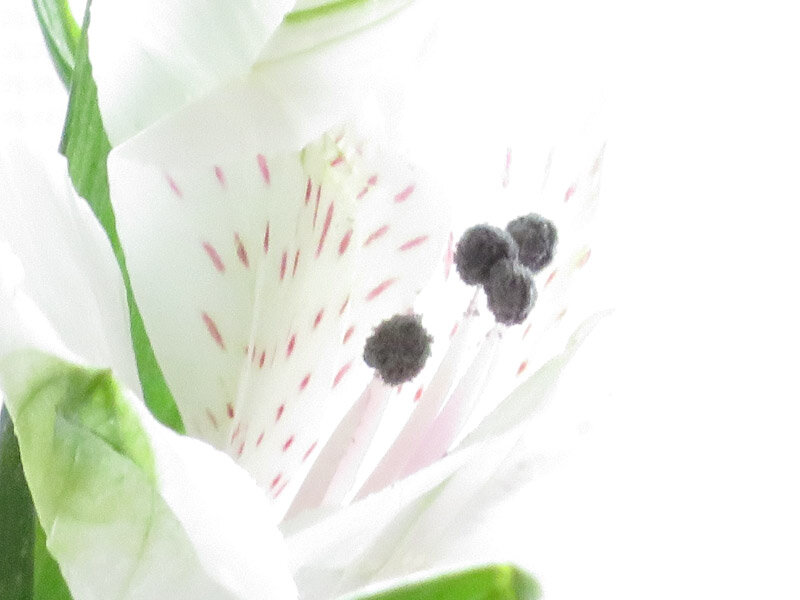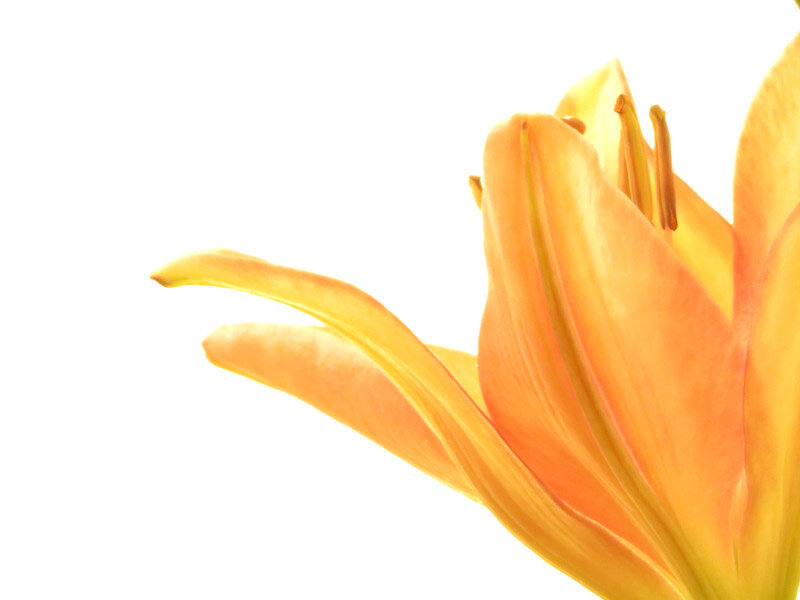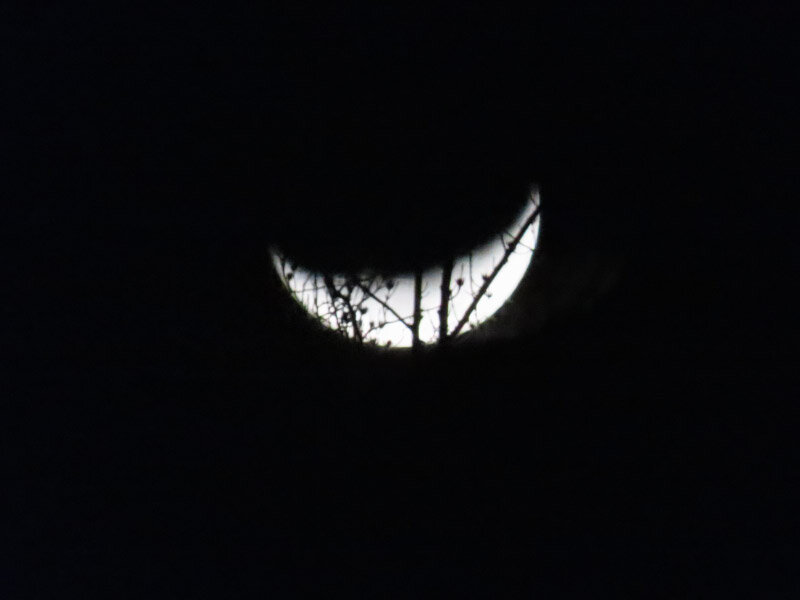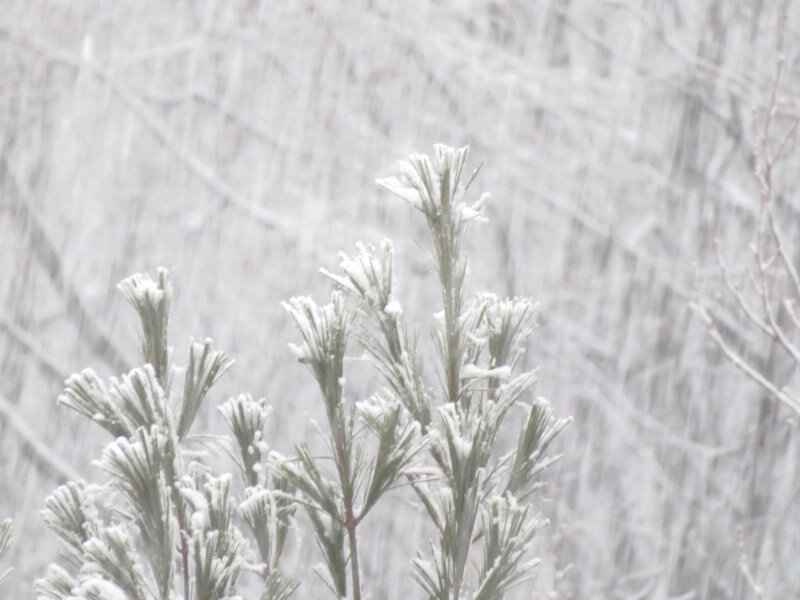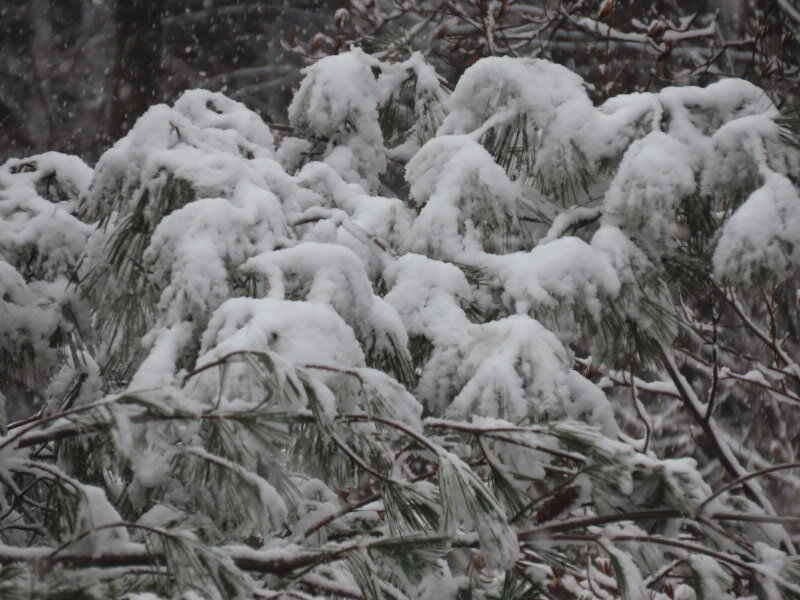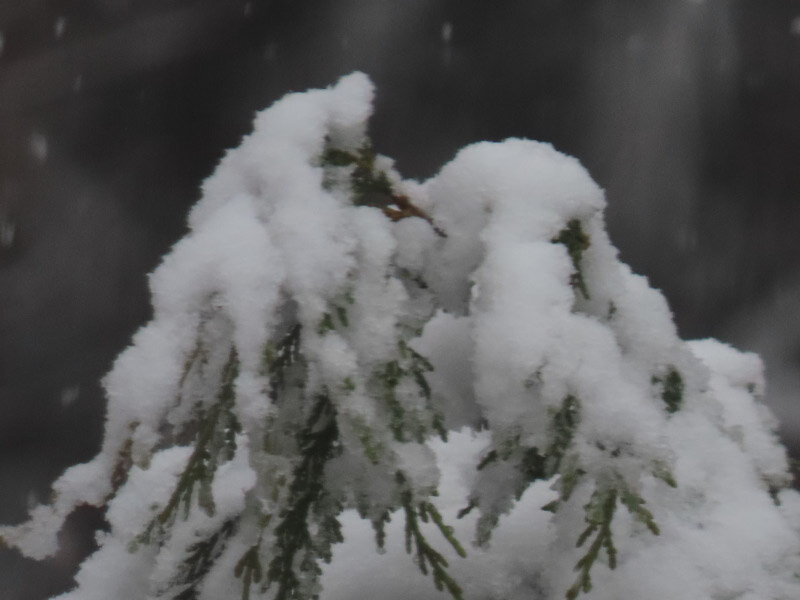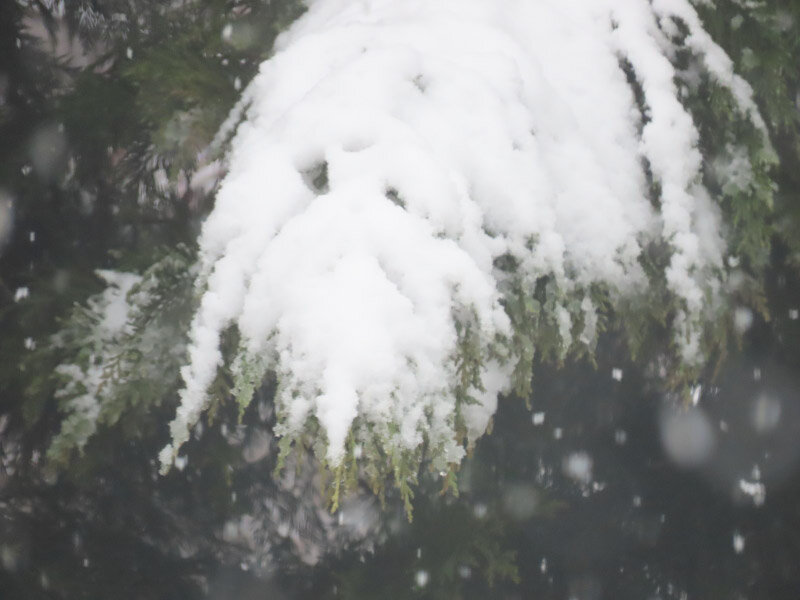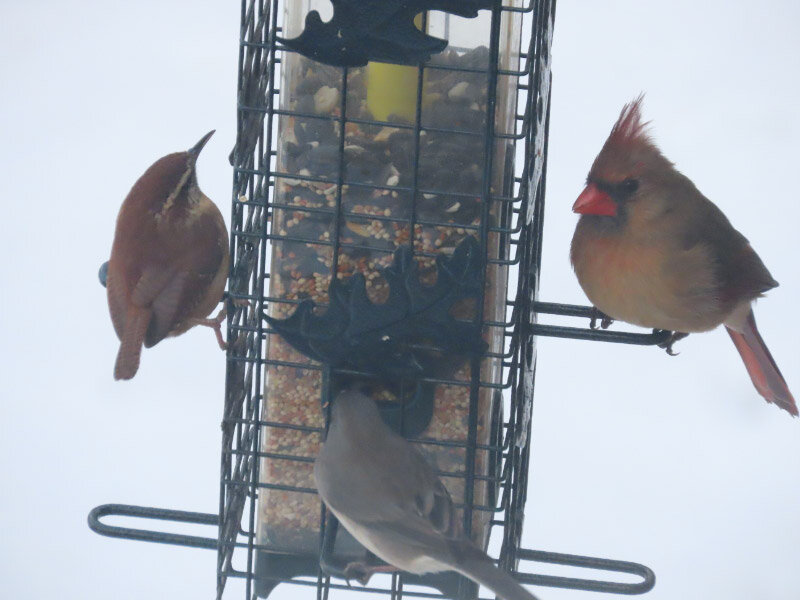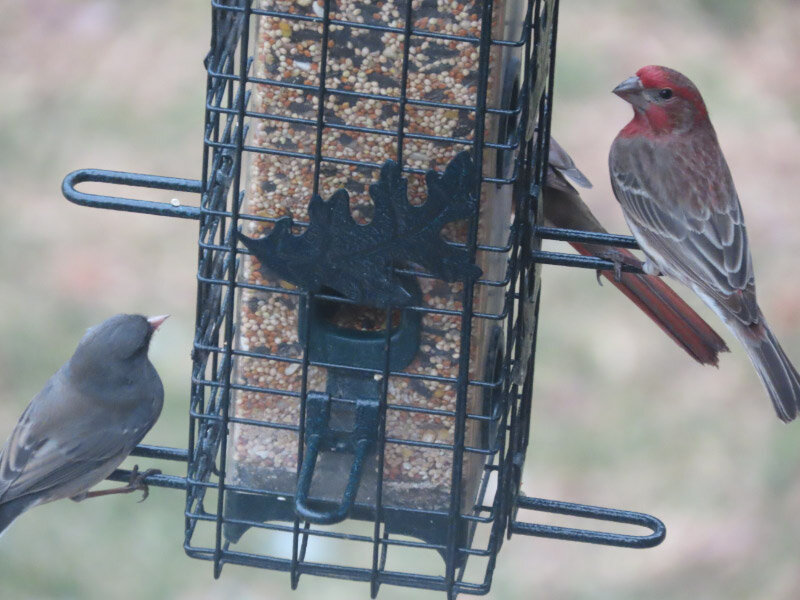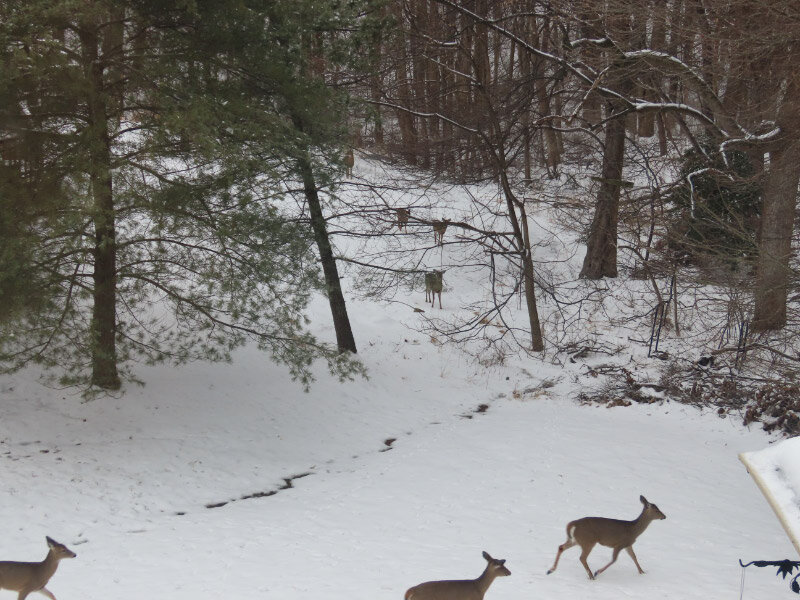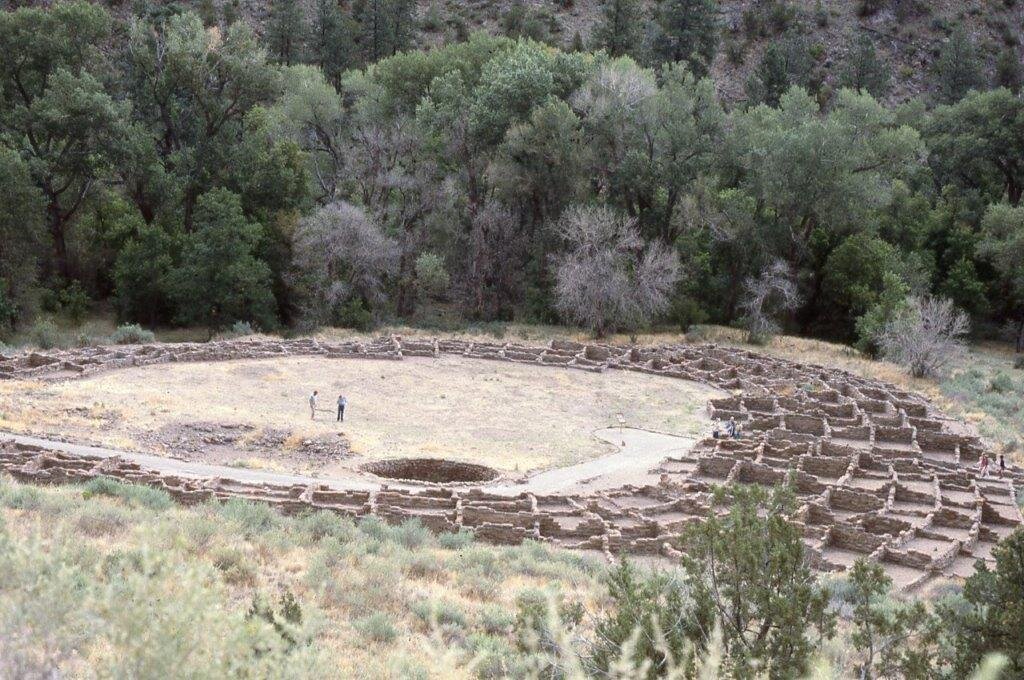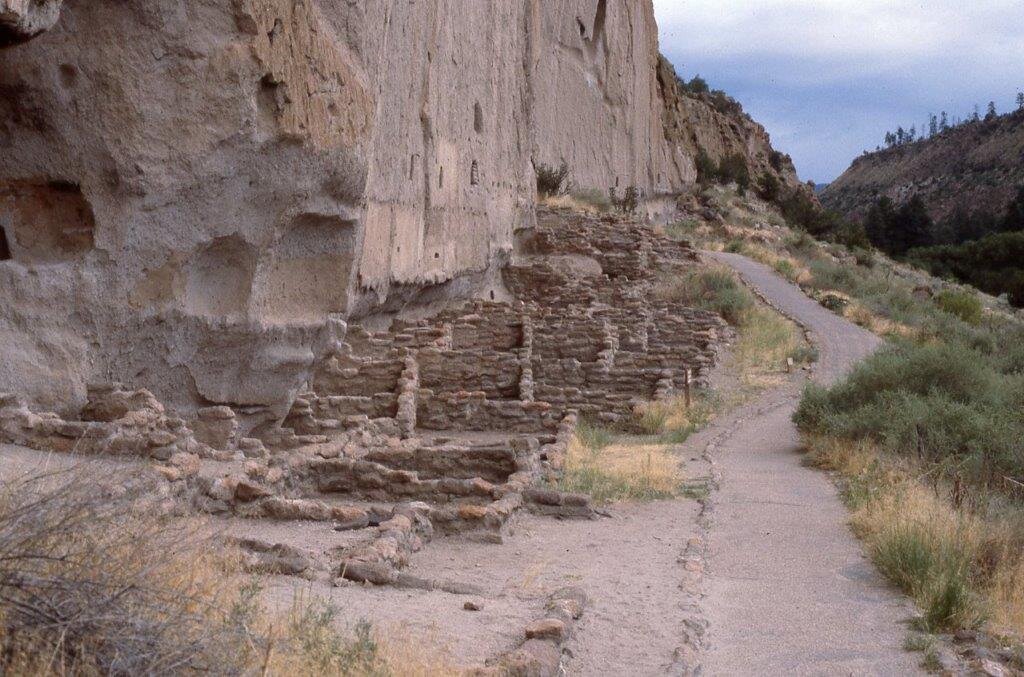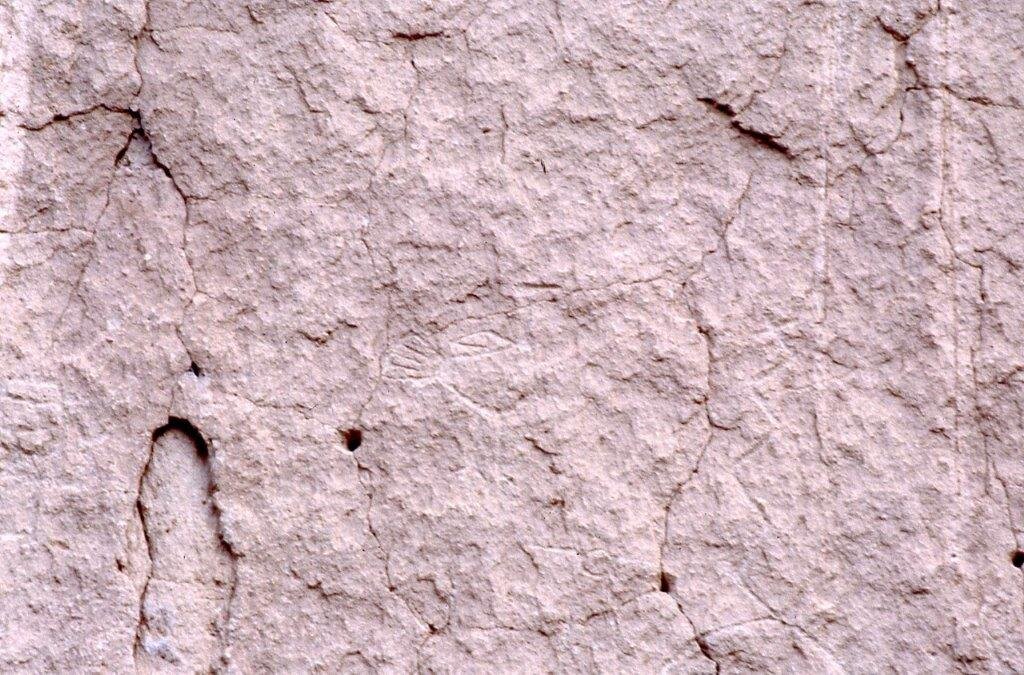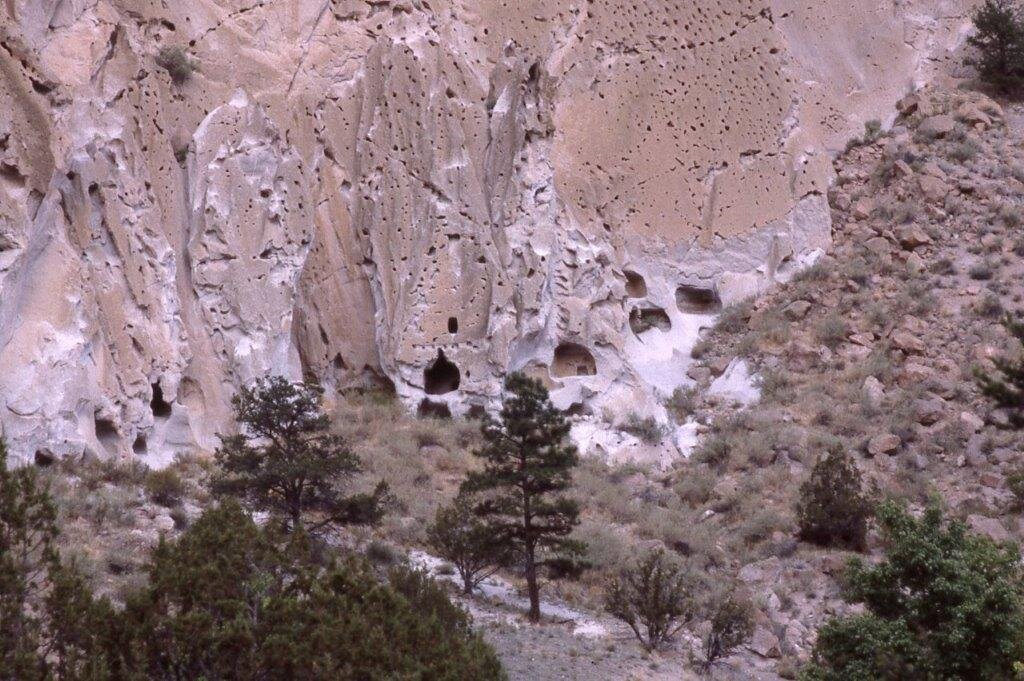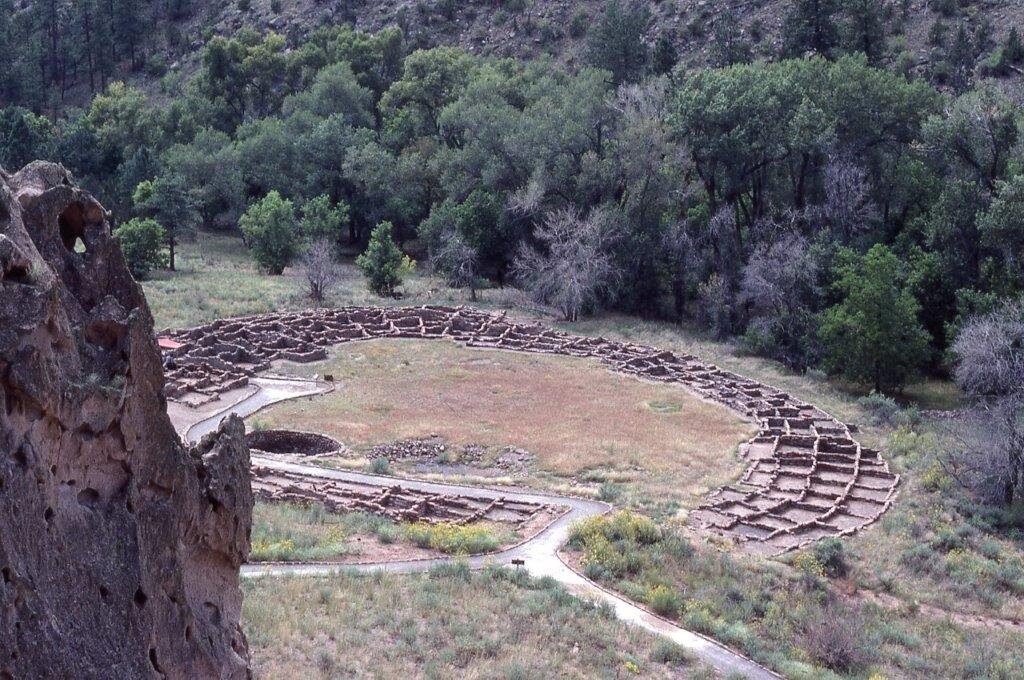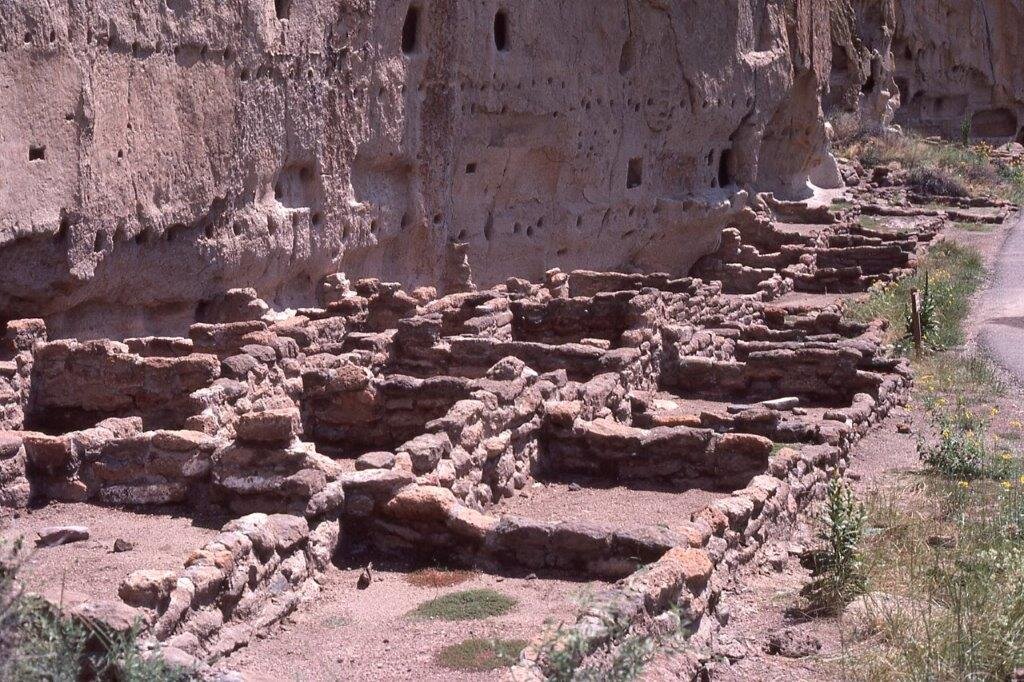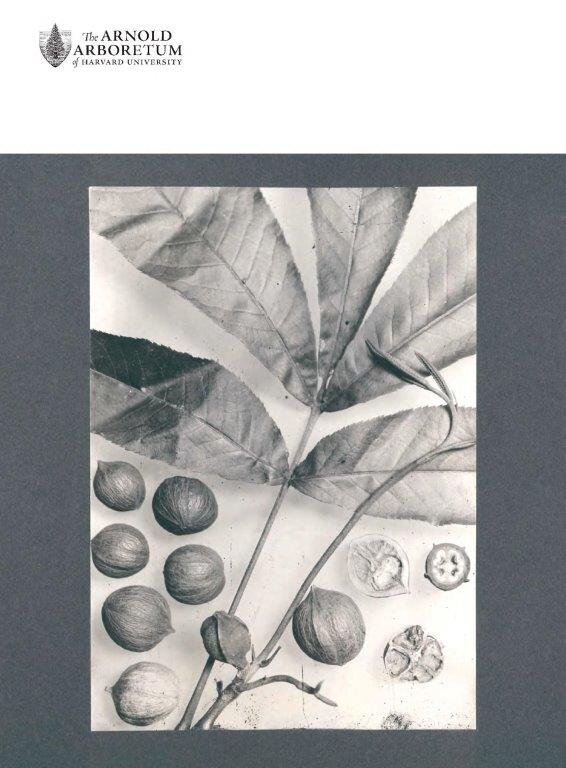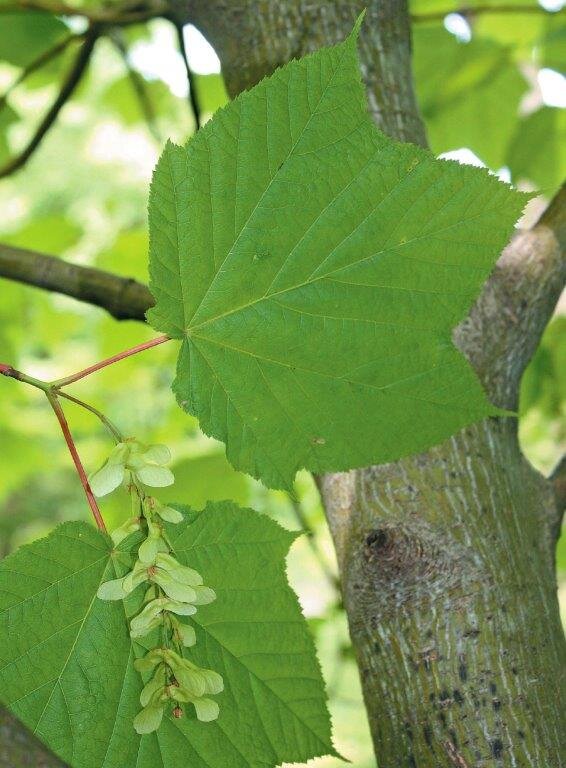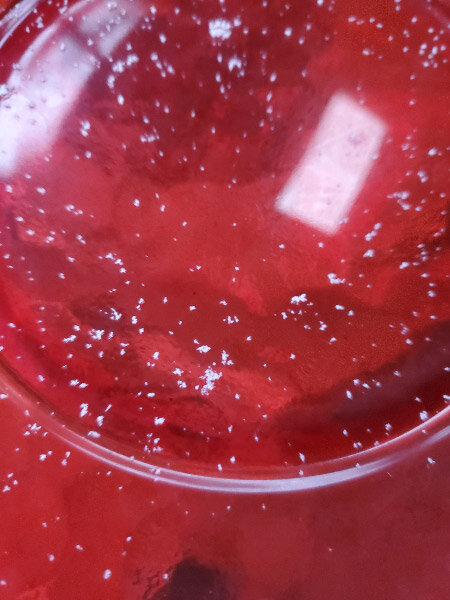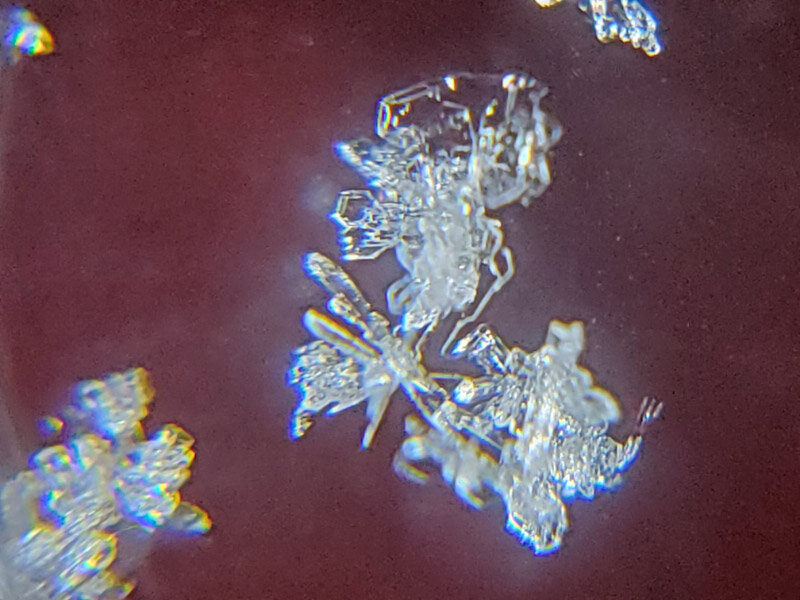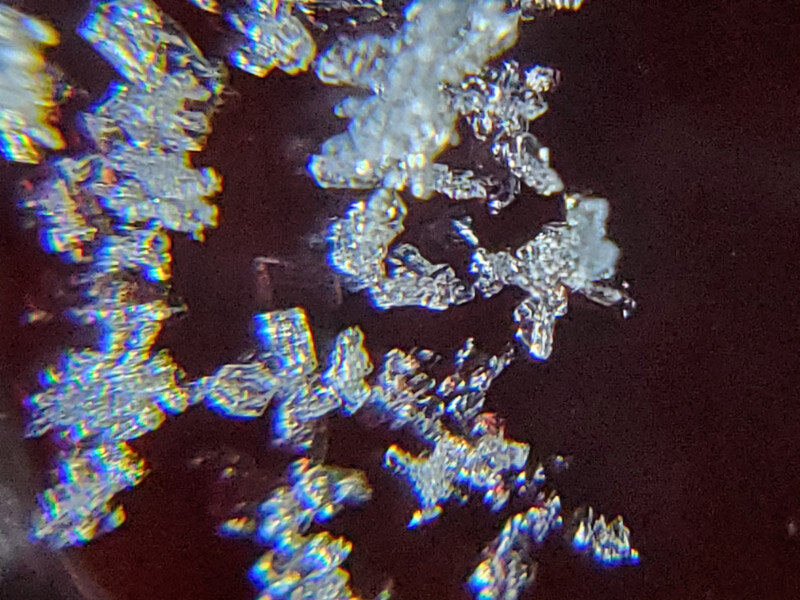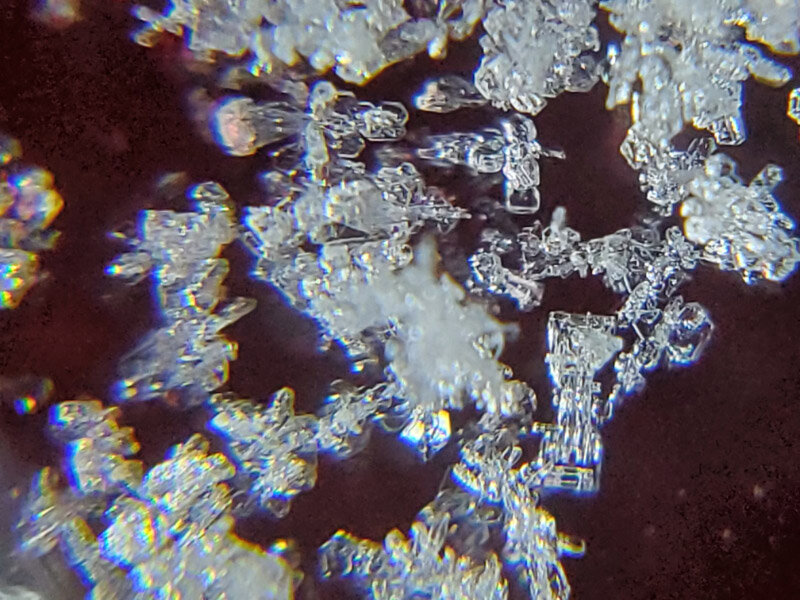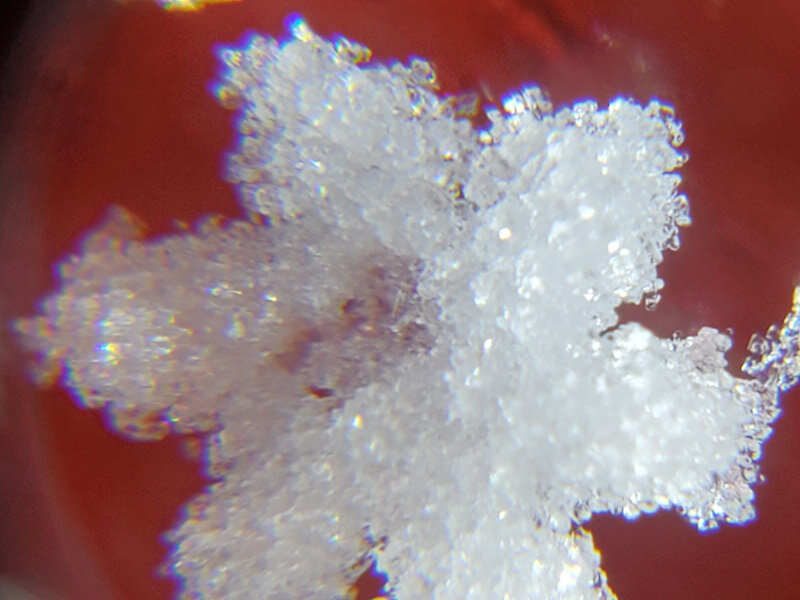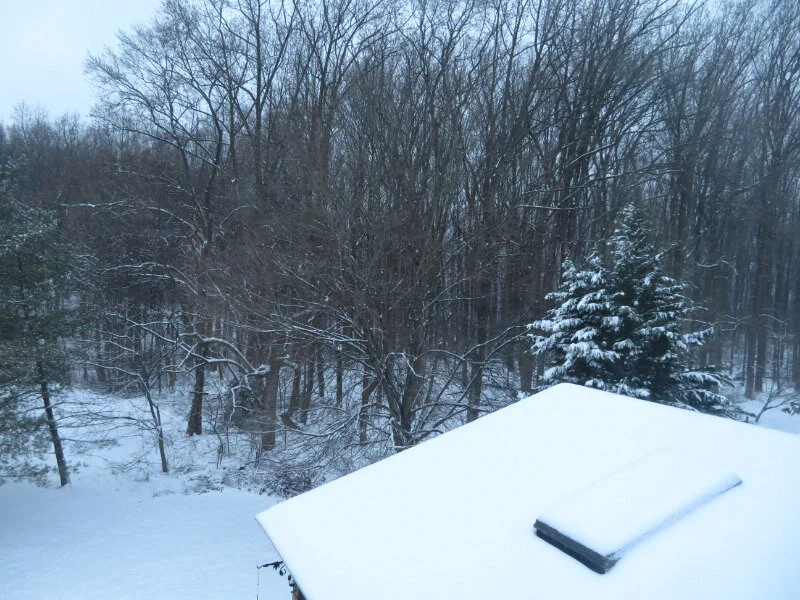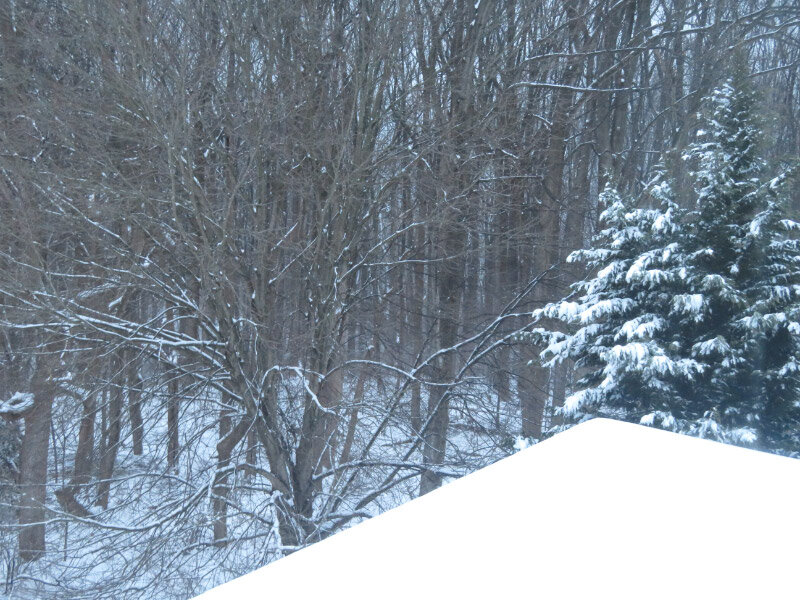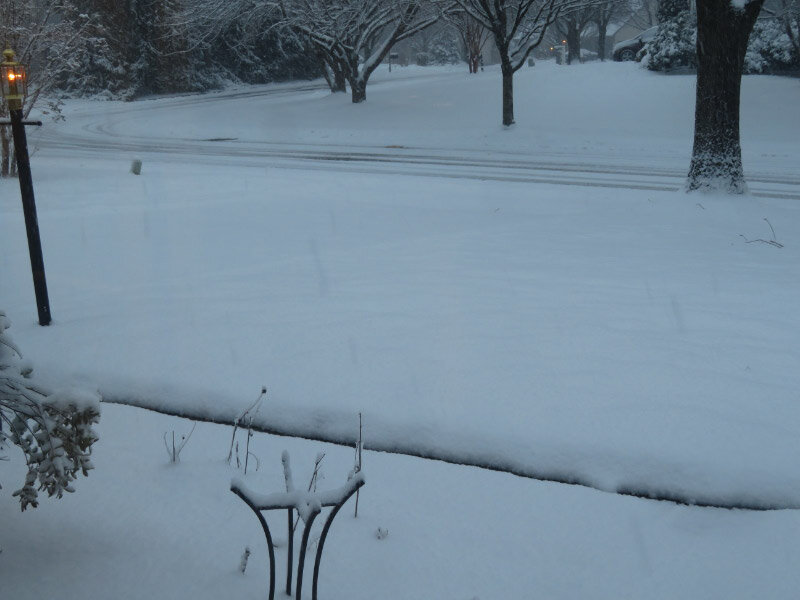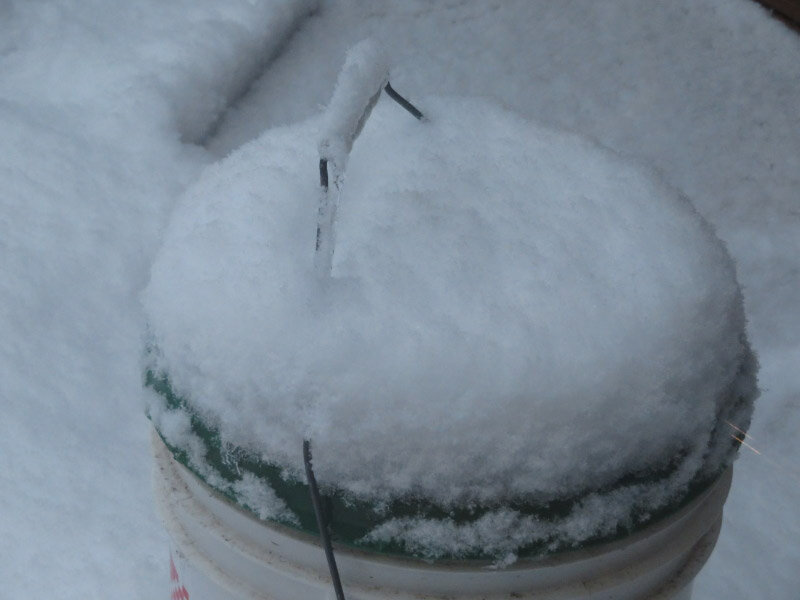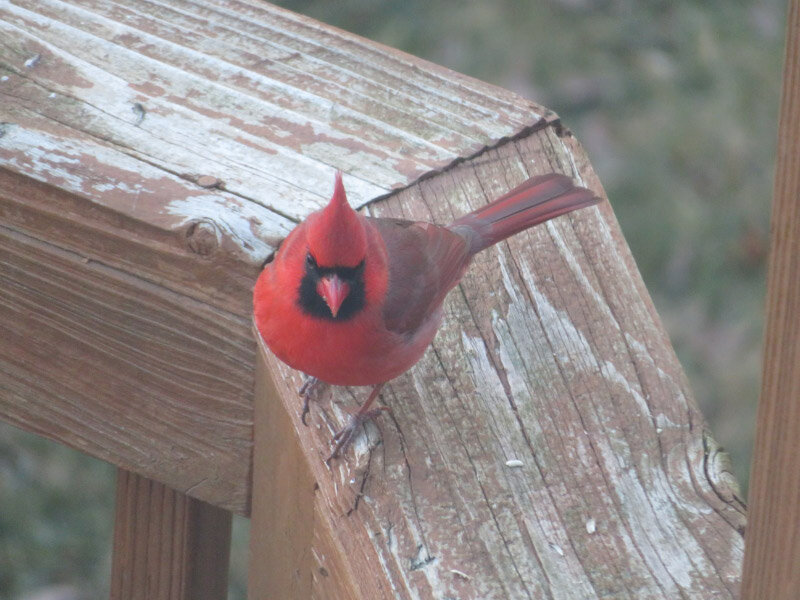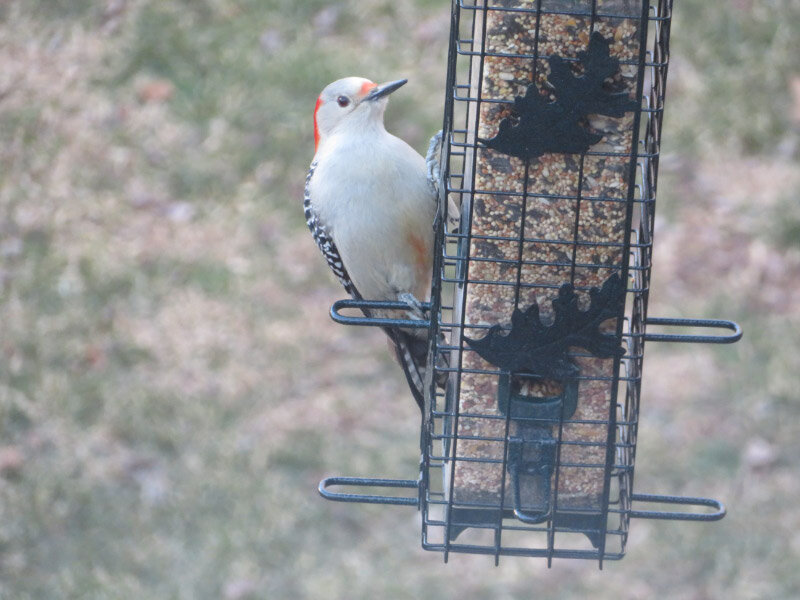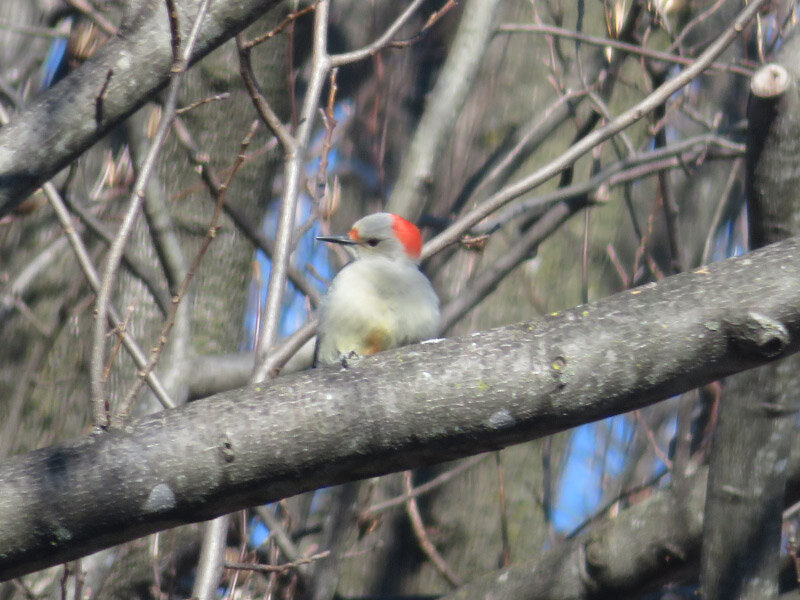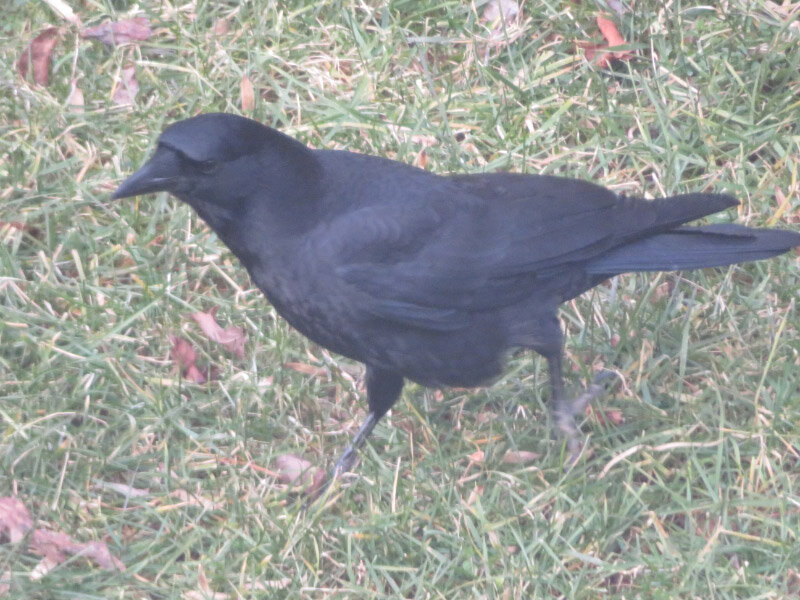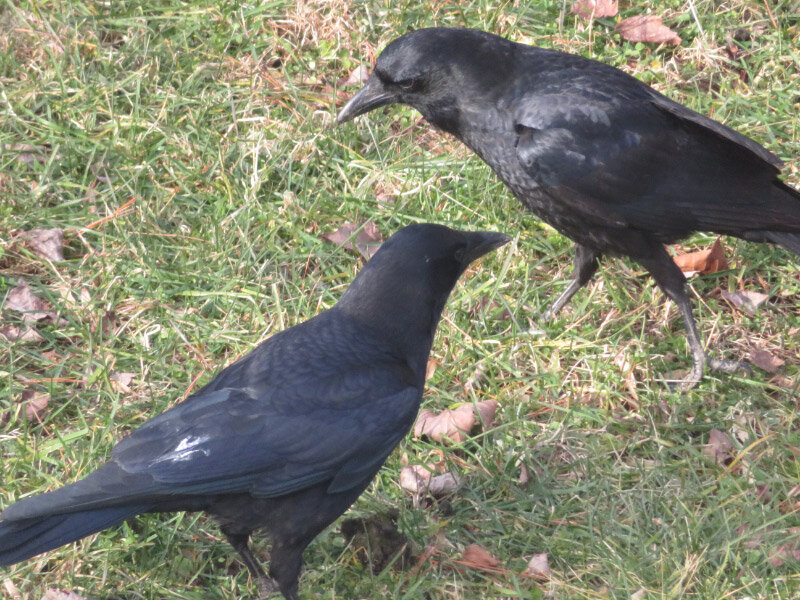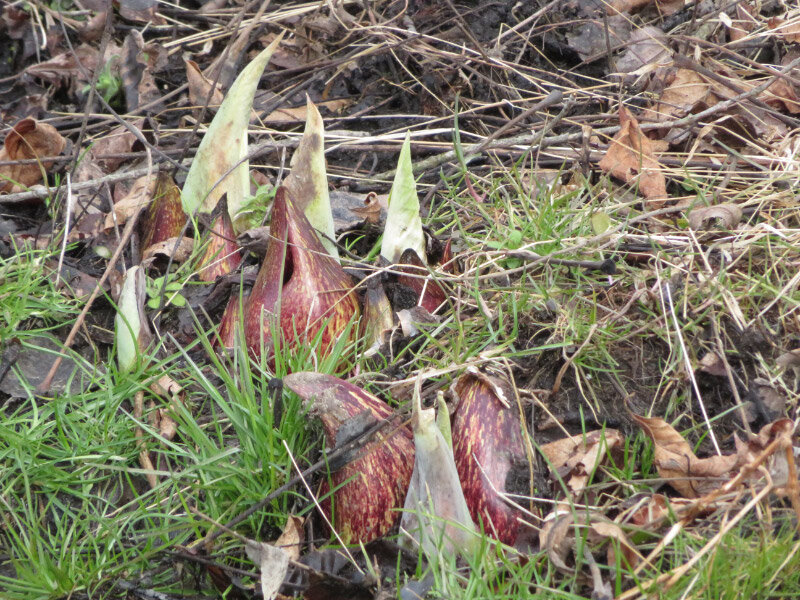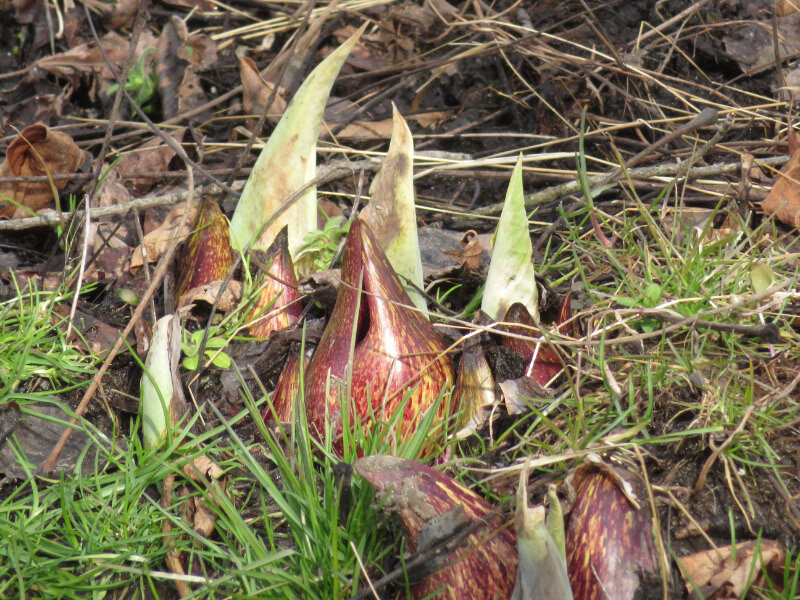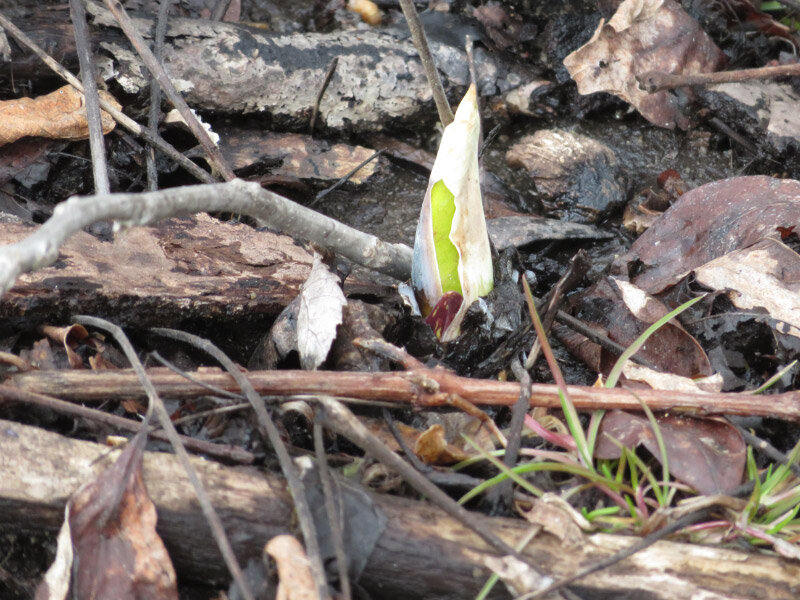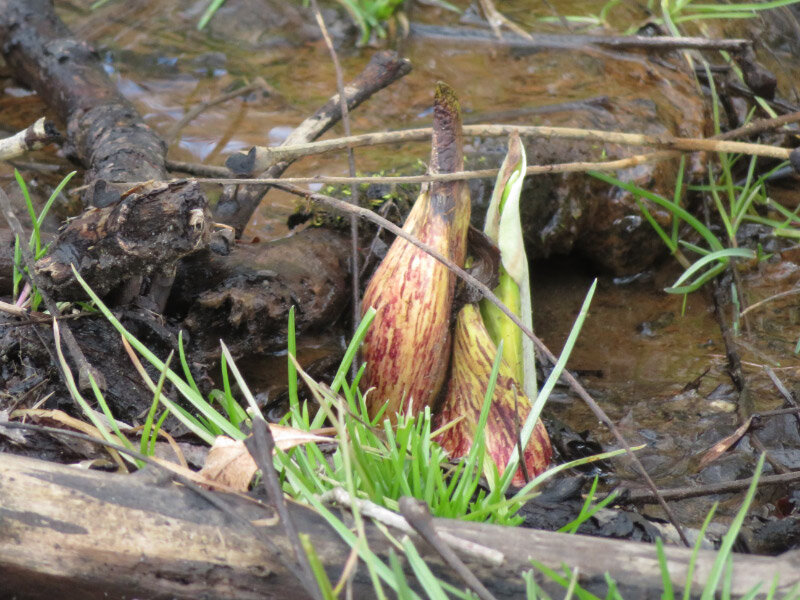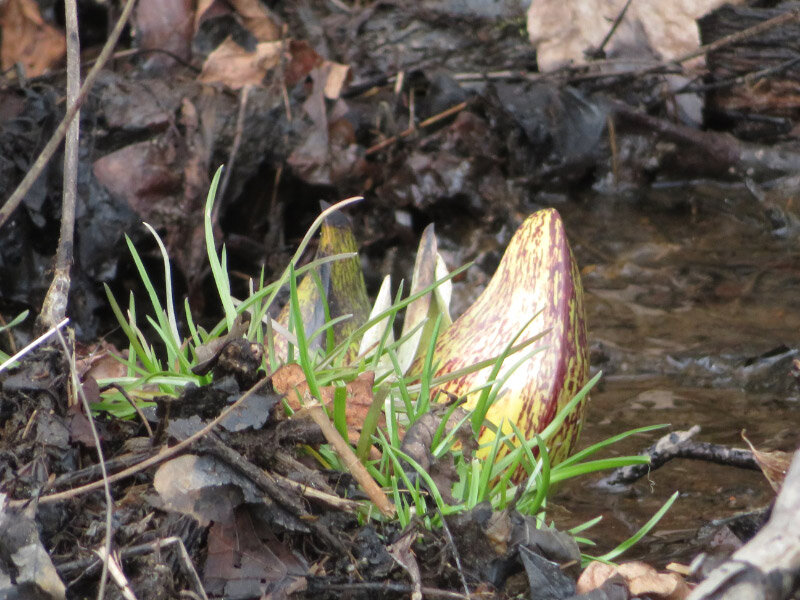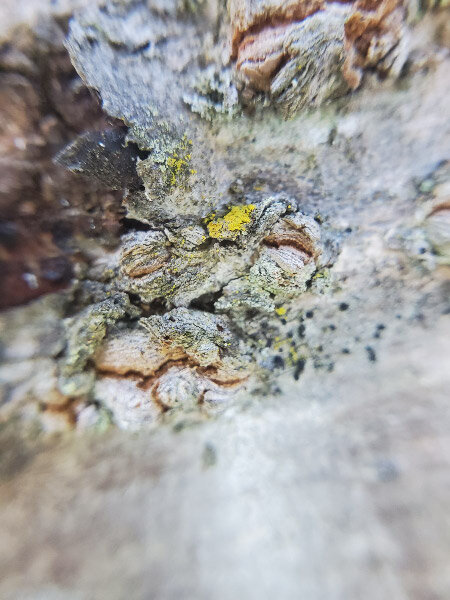Gleanings of the Week Ending March 6, 2021
/The items below were ‘the cream’ of the articles and websites I found this past week. Click on the light green text to look at the article.
America’s First National Wildlife Refuge – Pelican Island National Wildlife Refuge….I’m including it in our plans for the next time we go to Florida; it’s about 1.5 hours to the south of Merritt Island National Wildlife Refuge which is always one of the places we visit in Florida.
Highly functional membrane developed for producing freshwater from seawater: A desalination membrane laminated with nanosheets featuring 2D nanochannels -- ScienceDaily – Still in the research stage. Maybe this is one of the technologies that will enable low-energy desalination - something we will need to avoid water shortages in many areas of the world.
A mild way to upcycle plastics used in bottles into fuel and other high-value products -- ScienceDaily and How Paving with Plastic Could Make a Dent in the Global Waste Problem - Yale E360 – Two articles about uses for the plastic waste that is overwhelming the planet right now. There still needs to be significant testing on plastic for paving: will it withstanding heavy traffic…will it shed microplastic particles, etc.
Pompeii's Museum Reopens With Dazzling Display of Archaeological Treasures | Smart News | Smithsonian Magazine – I enjoyed the article…and the website for the new museum.
A large number of gray whales are starving and dying in the eastern North Pacific -- ScienceDaily – Ongoing research but one explanation being explored in a decline in prey (i.e. amphipods) availability in their Arctic feeding grounds – maybe caused by warming there due to climate change.
For the Birds: Why Designing for Birds is Good for Everyone - News | Planetizen – Fast Company interviewed Tim Beatley about his book; he was one of the speakers at the Birds on the Niagara conference.
Wombats Poop Cubes, and Scientists Finally Got to the Bottom of It | Smart News | Smithsonian Magazine – Over 40,000 contractions as the feces moves down the intestine to shape a very dry cube. Evidently the cube shape is an indicator of wombat health!
Water Warning: The Looming Threat of the World’s Aging Dams - Yale E360 – Lots of people live downstream from big dams. Yikes! Decommission of dams is not easy…arguably it could be harder than the building of the dam originally.
Thousands of Wild Bee Species Haven't Been Seen Since 1990 | Smart News | Smithsonian Magazine – Most of the data came from Europe and North America….with some from the rest of the world. All of it sums up to a grim picture when it comes to bees.
Yellowstone's Hotspot Has Been Simmering For About 17 Million Years – An example of how continued data collection and study…can shift our understanding of geologic history even in areas like Yellowstone that have been studied for a long time.

